R v Carroll: Double Jeopardy and Criminal Law Principles
VerifiedAdded on 2022/10/01
|5
|872
|15
Case Study
AI Summary
This case study analyzes the R v Carroll case, which revolves around the legal principle of double jeopardy. The respondent, Carroll, was initially acquitted of murder charges but was subsequently charged with perjury based on his testimony during the murder trial. The case explores whether the subsequent perjury charge constituted double jeopardy, given the prior acquittal. The legal issues at hand include the application of sections 16 and 17 of the Criminal Code (Qld), which address double jeopardy, and the concept of abuse of process. The court considered the implications of the acquittal in the murder trial and whether the perjury indictment contradicted the prior verdict. The High Court ultimately ruled on the admissibility of new evidence and its impact on the double jeopardy rule, providing crucial insights into the interplay between these legal principles. The case also references relevant legal precedents such as Pearce v The Queen and H M Advocates v Cairns, which further shaped the court's decision and the understanding of double jeopardy in criminal law.
1 out of 5
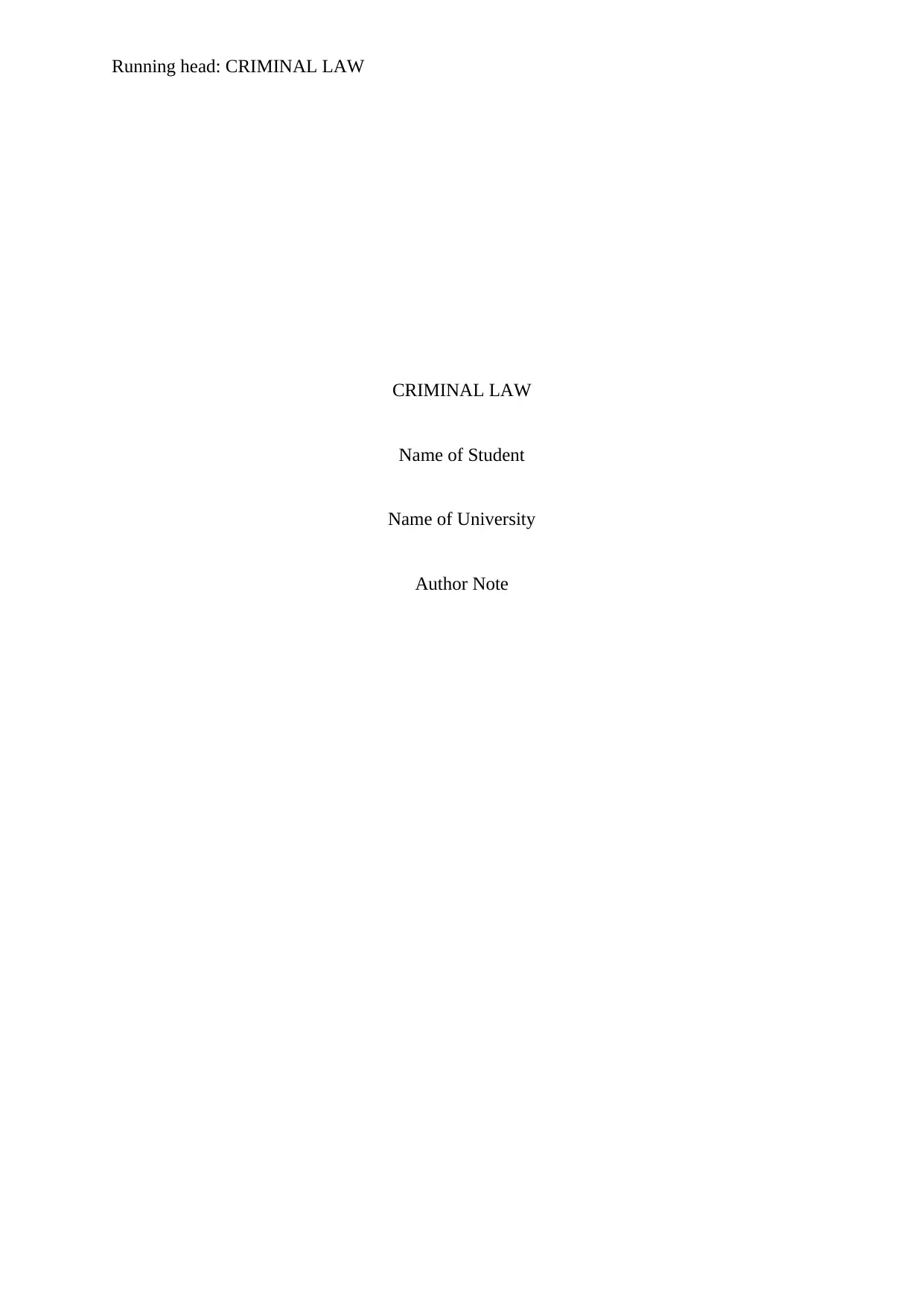
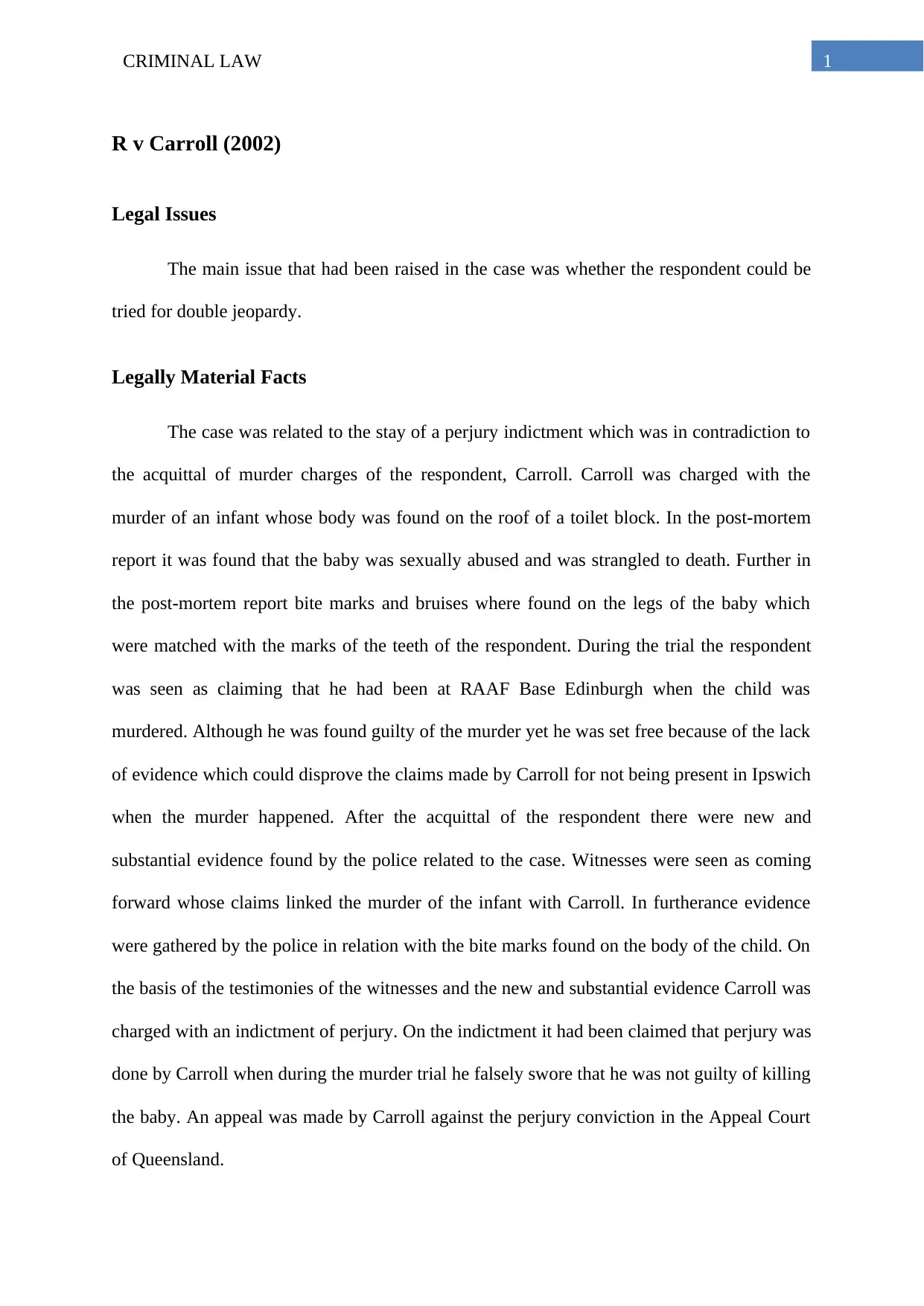
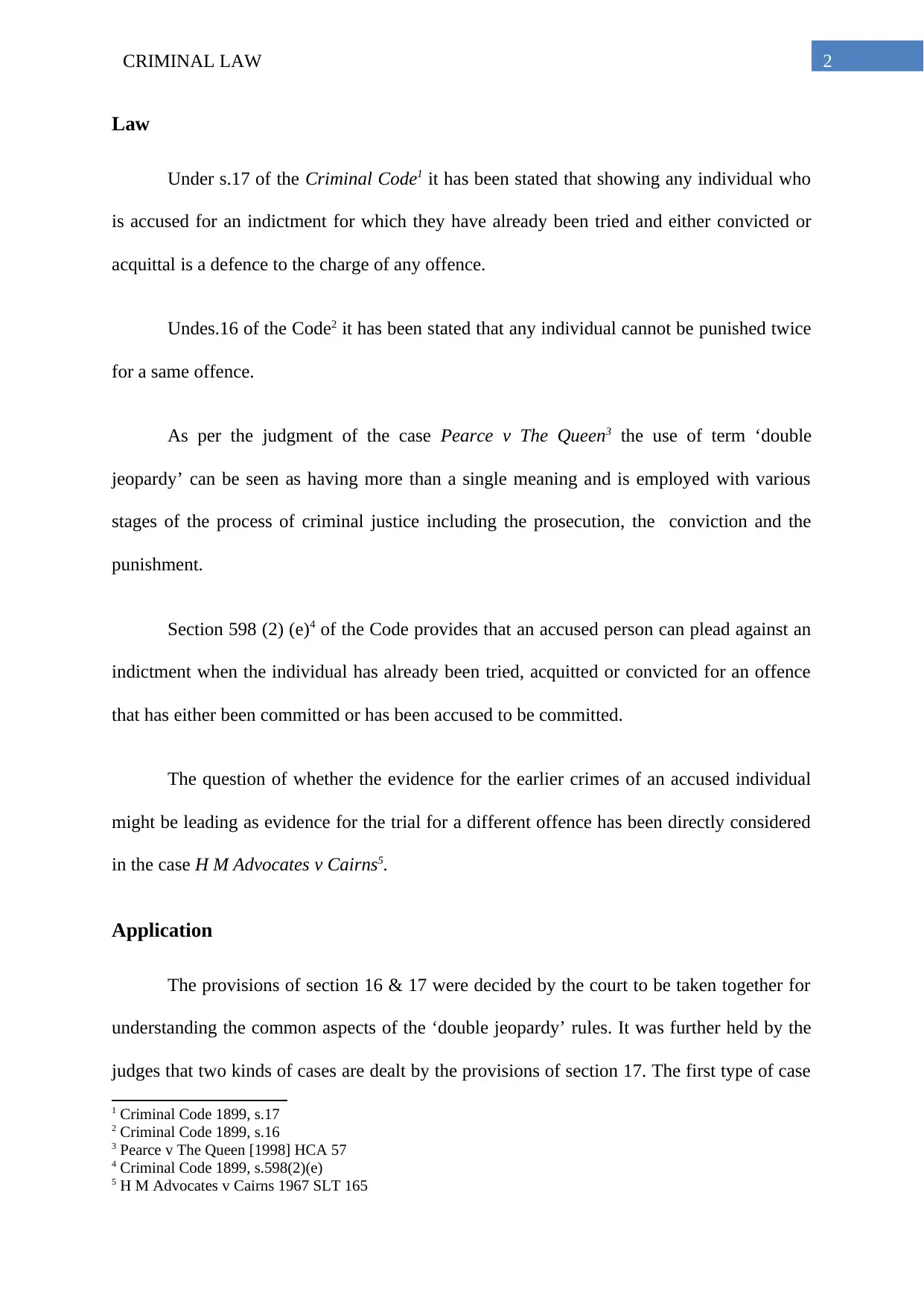

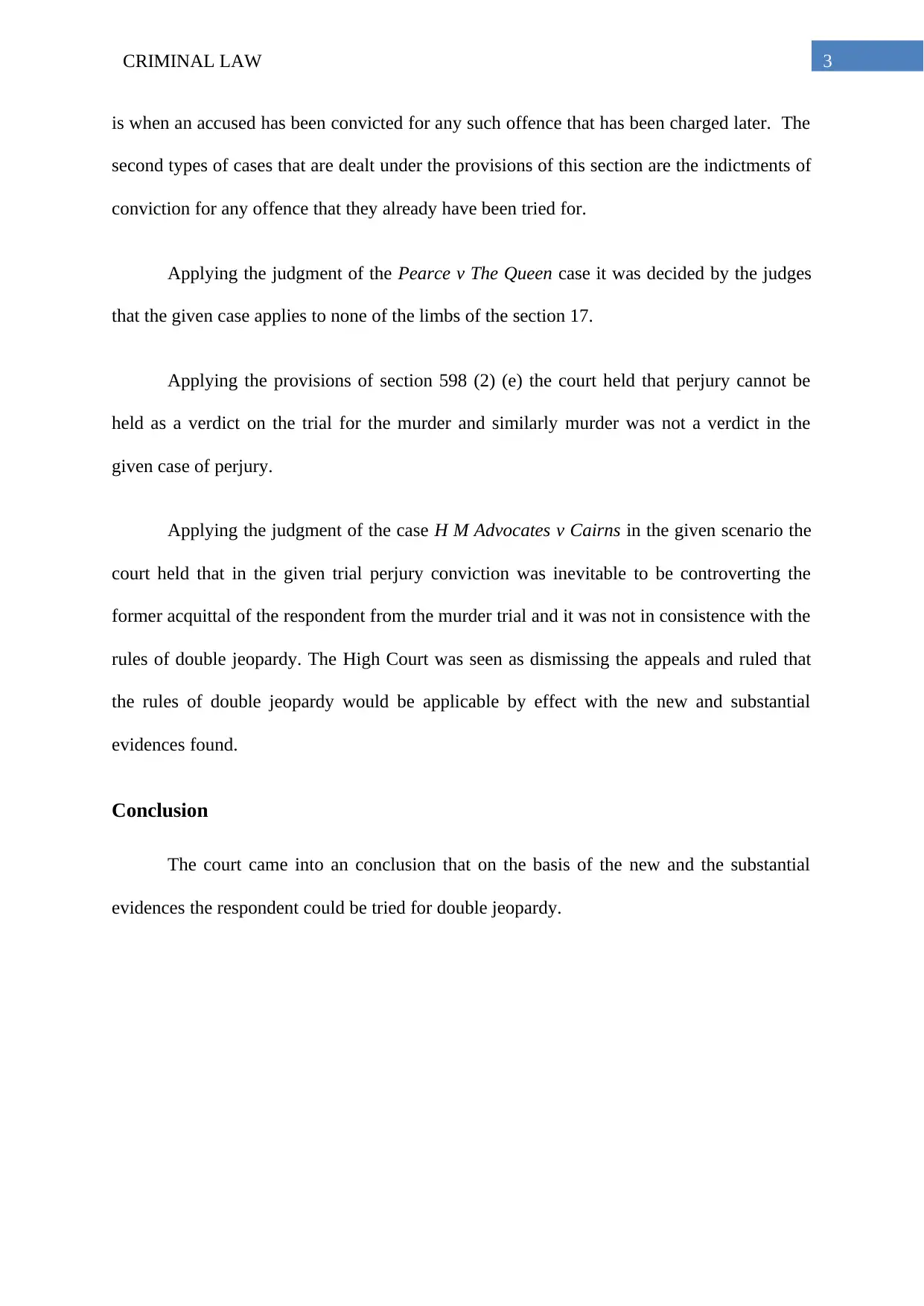
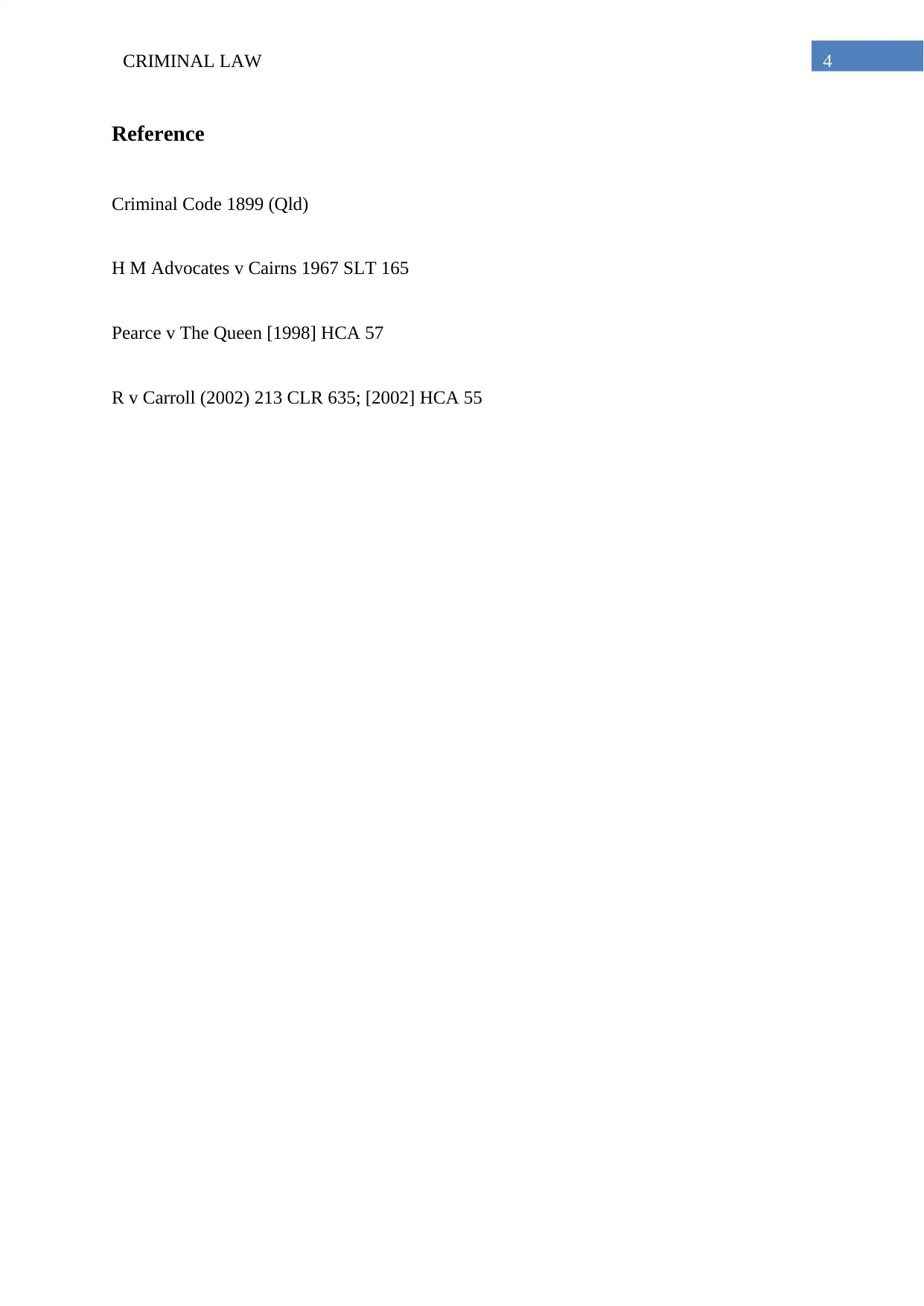






![[object Object]](/_next/static/media/star-bottom.7253800d.svg)